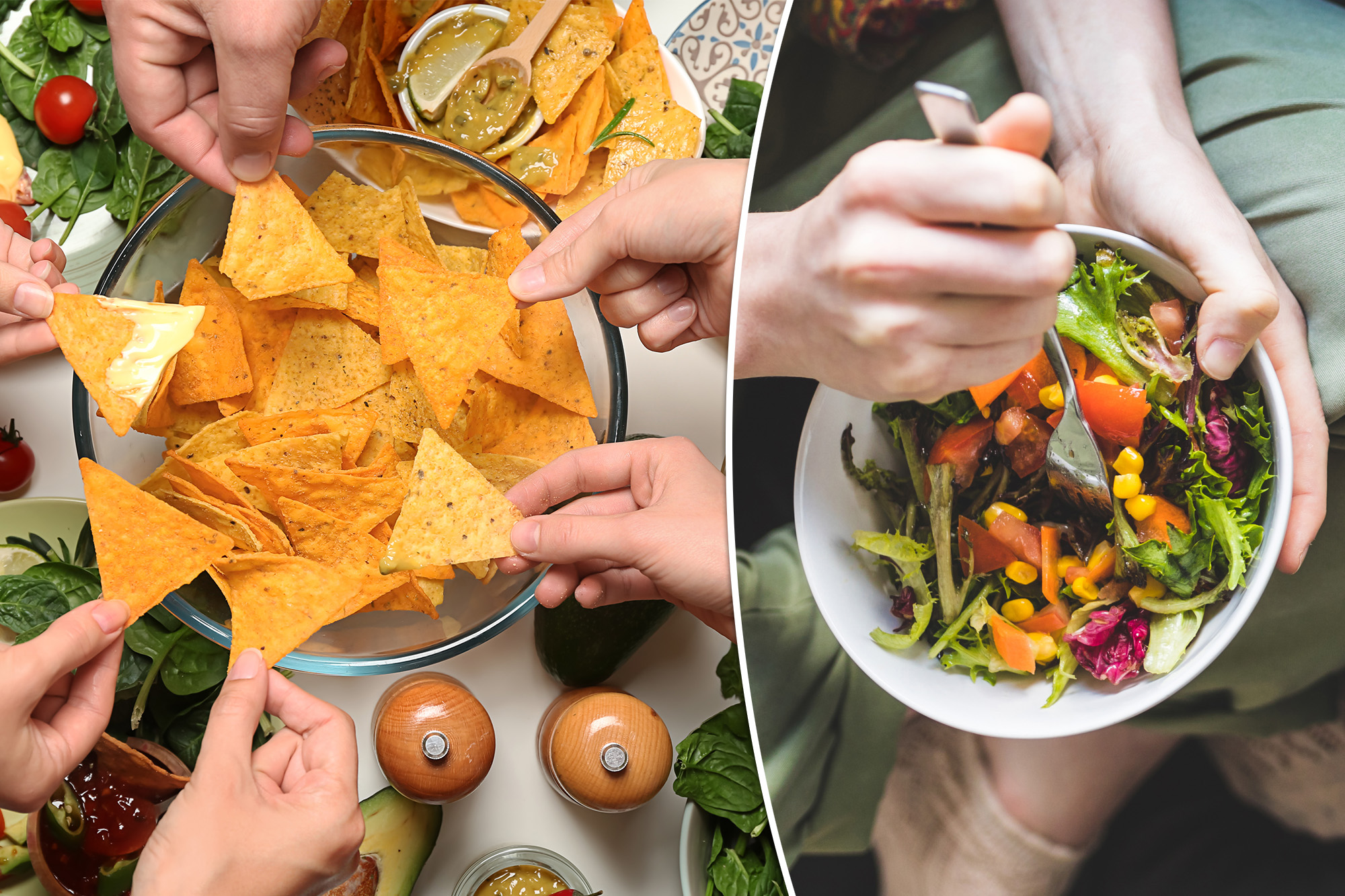
In the wake of new research confirming the link between ultra-processed foods and the development of type 2 diabetes, a nutritionist is showing how to safely incorporate guilty pleasures into a balanced diet.
The latest study, published this week in Lancet Regional Health—Europe, analyzed the UPF consumption of nearly 312,000 people from eight European countries. Participants were followed for an average of 11 yearsduring which almost 15,000 developed type 2 diabetes.
The study authors linked each 10% increase in UPF with a 17% increase in the risk of diabetes.
The researchers noted that participants could reduce this risk by substituting unprocessed or minimally processed foods (MPF) – such as eggs, milk and fruit – or processed foods (PF) – such as canned fish, cheese, nuts and salty, artisanal bread and canned fruits and vegetables.
The study builds on previous research showing that diets high in ultra-processed foods are linked to obesity, diabetes, cancer and cardiovascular disease.
So can UPFs be safely enjoyed in moderation?
Alexis Law, a registered dietitian at Top Nutrition Coaching, certainly thinks so.
Law told Well + Good this week that understanding our mental and physical relationship with UPFs is essential.
Besides being accessible and affordable, these items are heavily loaded with the holy trinity of sugar, salt and fat..
“It can make people go easy on them,” law said.
And by overindulging in the not-so-good stuff, we fail to make room for the nutrient-dense foods that the body needs most.
However, Law maintains that limiting UPFs through an all-or-nothing approach is unrealistic and can lead to increased cravings and overeating. Follow your bliss—but stop short of cutting calories completely.
She urges: “Focus on the food you need most. I like to have a snack plate that includes some ‘fun’ foods and some ‘necessary’ foods.”
For Law, this fun/necessity balance prioritizes healthy eating while leaving room for guilty pleasures.
“For example, if you want some chips, they’re not very filling on their own, so it’s easy to eat a lot of them,” she said. “But if you take some chips and also combine them with a protein like some nuts or cheese, even some vegetables like carrots or cucumbers, you’ll get some nutrition that’s needed without overdoing the more ‘fun’ foods. “
If you’re trying for fries, you might want to keep the dip. Recent research suggests that diving can increase calorie intake by 77%.
One way to avoid overindulging is to be fully present for your indulgences and avoid doing other things while eating. “Be mindful and present when you eat ‘fun’ foods so you can enjoy them more. It will make them more satisfying,” Law said.
Another aspect of mindful versus mindless eating is a shift in perspective that prioritizes what you can add to your diet versus what you need to eliminate.
Fitness coach Jenna Rizzo explains, “When you start focusing your mind on all the foods you can eat, you’re creating an abundance mindset around food rather than a scarcity mindset.”
Rizzo insists that adopting abundance gives you consistency, clarity, positive food choices, and long-term weight management.
#Dietology #shows #enjoy #ultraprocessed #foods
Image Source : nypost.com